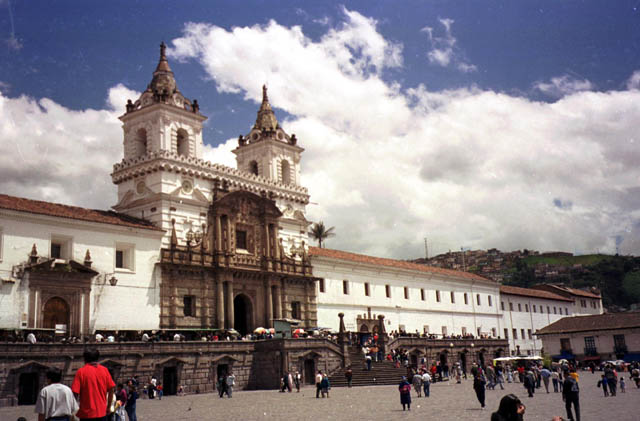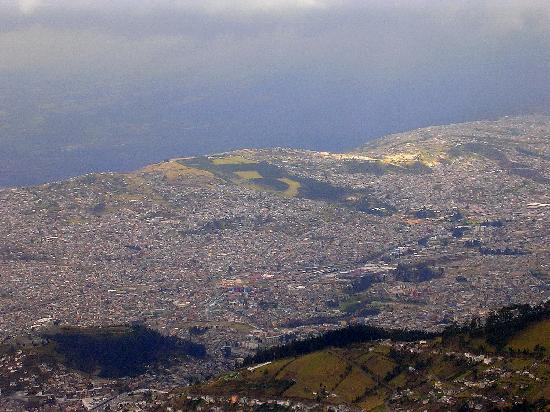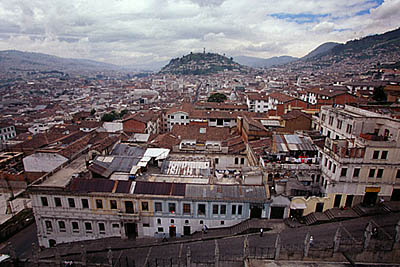HISTORY OF QUITO
The territory of Quito was inhabited by nomadic people since 10300 BC. Following it the cotocollaos culture of a sedentary society that developed agriculture with various crops such as corn, quinoa and squash; also ceramic manufacturing.
There are also traces of the presence of the Quitu culture, such as the archaeological site of Rumipamba. These towns were conquered by the Incas. When the Spaniards arrived in 1534, the city was founded by Sebastian de Benalcázar. In the city the mining industry and textile production was developed and important temples in Baroque style were built.
Quito became independent in 1809, becoming part of the Gran Colombia, formed by the states of Colombia, Ecuador, Panama and Venezuela in 1822.
Finally it separated from Gran Colombia in 1830 with creation of the Republic of Ecuador. It is notable for being the first city in Latin America to seek self-government. It is a benchmark of beauty for its architecture and culture.


